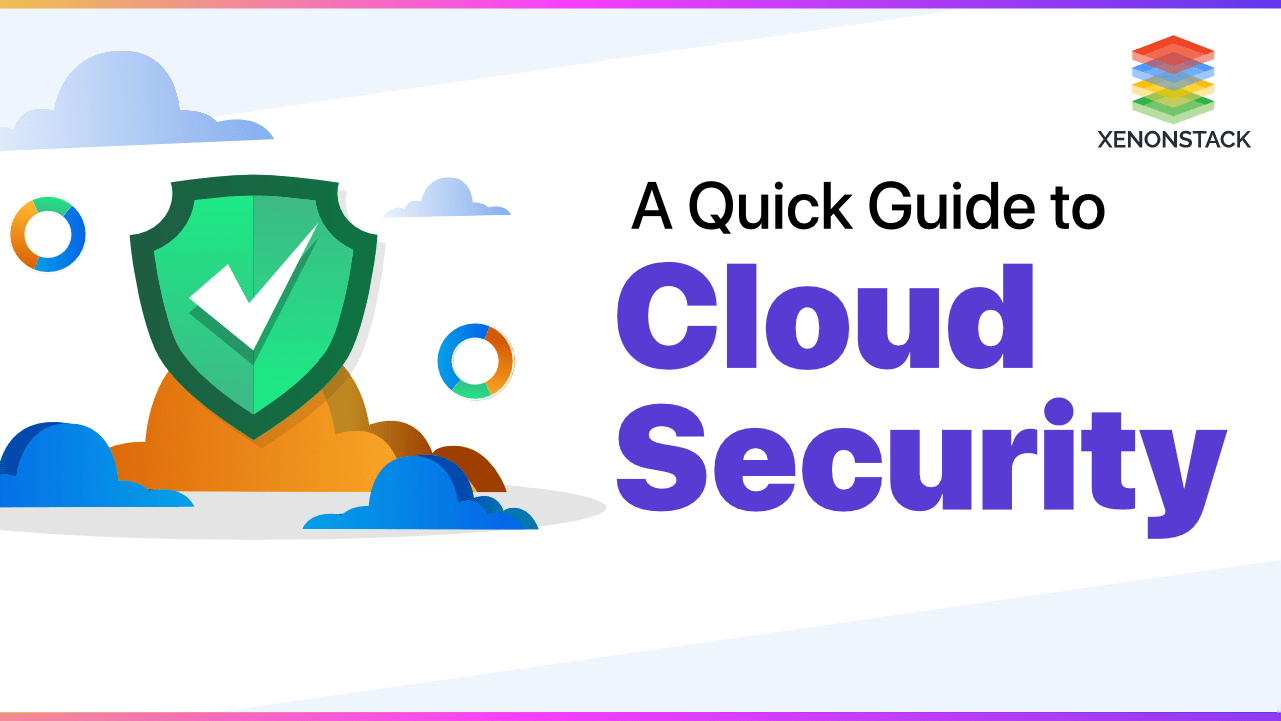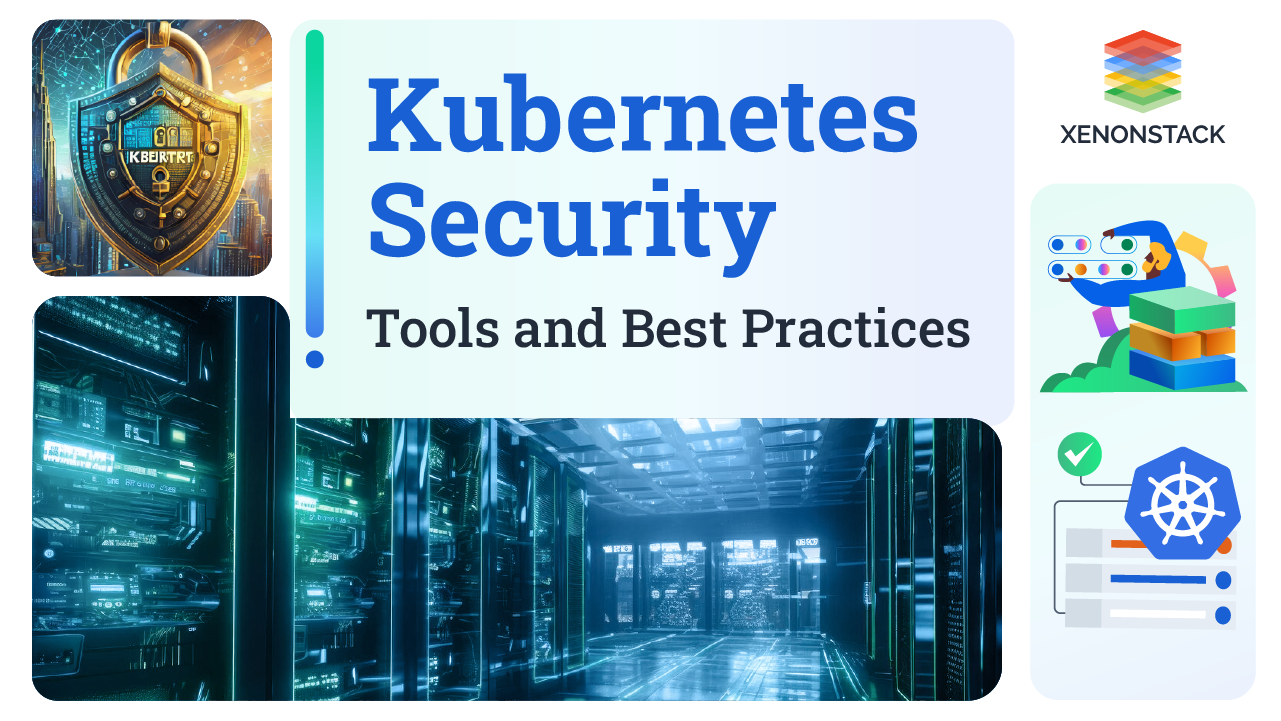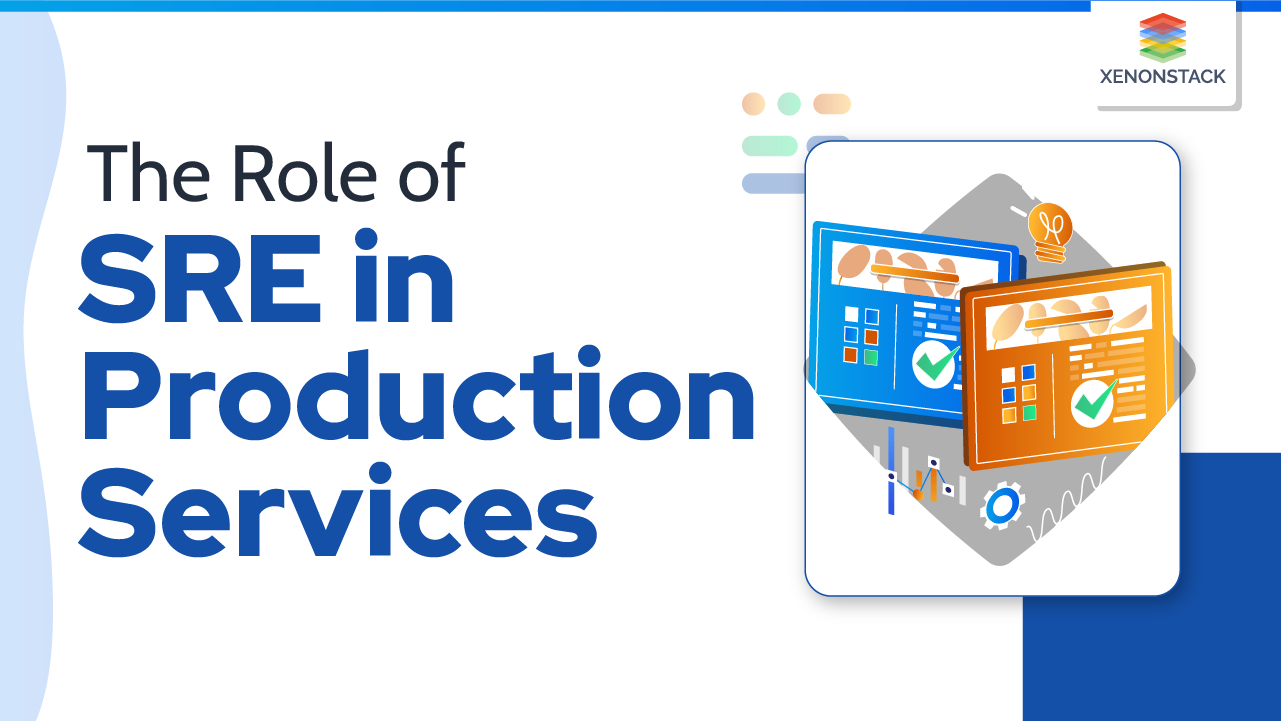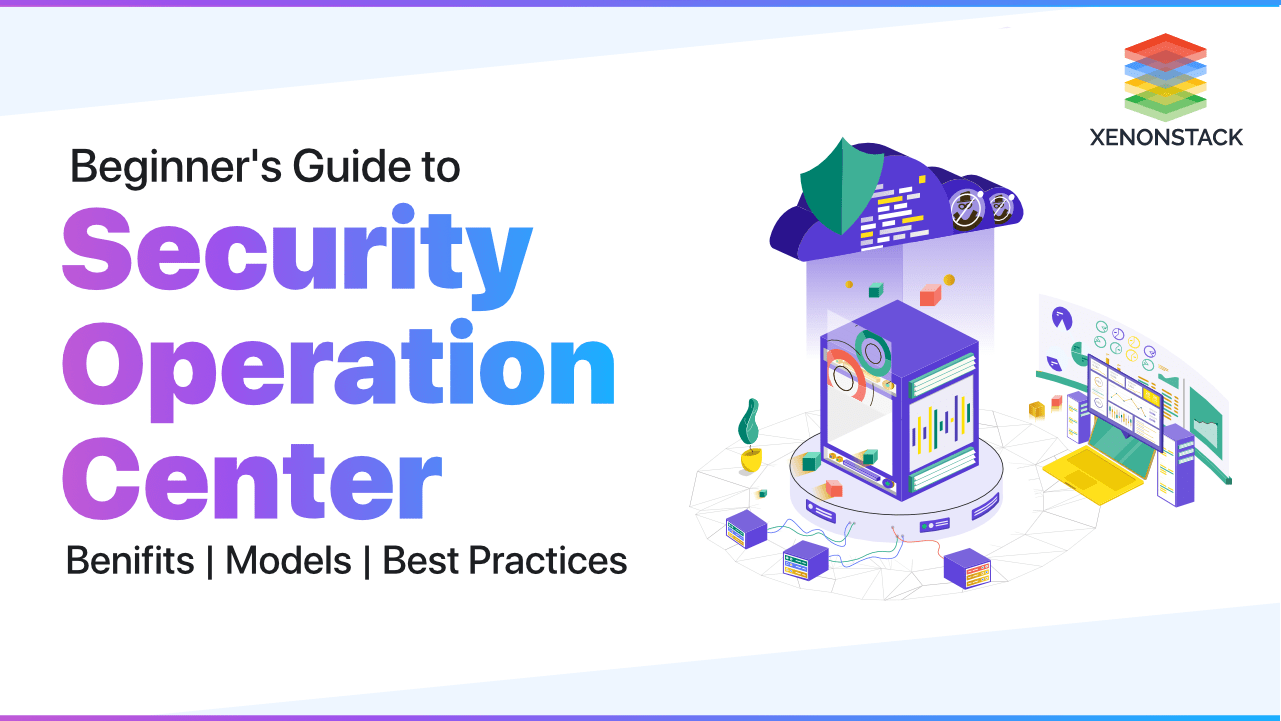
Introduction to Cloud Security
Cloud security protects data stored online via cloud computing platforms from theft, leakage, and destruction. Firewalls, penetration testing, obfuscation, tokenization, virtual private networks (VPNs), and avoiding public internet connections are methods used to provide cloud security. Cybersecurity refers to the protection of data on the cloud.
The delivery of various services via the Internet is known as cloud computing. Data storage, servers, databases, networking, and software are just a few tools and applications available. Cloud-based storage allows users to save files to a remote database rather than keeping them on a proprietary hard drive or local storage device. As long as an electronic gadget has internet access, it can access data and the software programs needed to execute it.
Many consumers are concerned about the security of their data stored in the cloud; thus, cloud security is crucial. They believe their data is safer on their local servers, with more control. On the other hand, data saved on the cloud may be safer because cloud service companies utilize superior security methods and have security specialists on staff. Depending on the attack, data on-premises may be more exposed to security breaches. Social engineering and malware can make any data storage system insecure, but on-site data is particularly vulnerable since its guardians are less skilled at spotting security risks.
Cloud Security Framework
Several security frameworks are available, including COBIT for governance, SABSA for architecture, ISO/IEC 27001 for management standards, and NIST's Cybersecurity Framework. These frameworks apply to the cloud similarly to technology in general. In addition to these broad frameworks, a variety of specific frameworks may be helpful depending on the use case and context; for example, consider HITRUST's Common Security Framework in the healthcare industry.
Validation and certification processes can be conducted using cloud-specific security frameworks. Cloud Controls Matrix (CCM) by the Cloud Security Alliance (CSA), FedRAMP, and ISO/IEC 27017:2015 are among them. There are other cloud security frameworks, but these three are particularly valuable since they are widely used and well recognized, are unique to both cloud and security, including a supporting certification program or registry, and are beneficial to both cloud service providers (CSPs) and clients.
Identify
Completing security risk assessments and understanding organizational requirements. Implement protections to ensure that your infrastructure can self-replicate in the event of an assault.
Detect
Use solutions to monitor networks and spot security-related issues. Countermeasures are implemented to combat prospective or current risks to enterprise security. In the case of an interruption, create and implement processes to restore system capabilities and network services.
Implement
Completing security risk assessments and understanding organizational needs.
Protect-Put in place protections to ensure that your infrastructure can self-replicate in the event of an assault.
Respond
Implement countermeasures to address prospective or actual risks to enterprise security.
Recover
Create and implement methods for restoring system functionality and network services during an interruption.
Steps to ensure security are taken throughout the distinct lifecycle of cloud-native applications. Click to explore our, Guide to Cloud-Native Security
What are the types of Cloud Security?
Network Segmentation
You'll need to determine, assess, and separate client data from your own in multi-tenant SaaS setups.
Access Management
Cloud computing security may be easily implemented using comprehensive access management and user-level privileges. Access to cloud environments, applications, and other resources should be granted by role and regularly audited.
Password Control
Your team should never enable shared passwords as a basic cloud computing security protocol. To provide the highest level of security, passwords should be used in conjunction with authentication technologies.
Encryption
Encryption is another sort of cloud computing security. Encryption should be used to secure your data while it is in transit and at rest.
Vulnerability Scans and Management
Another aspect of cloud computing security is the conduct of frequent security audits and fix any vulnerabilities.
Cloud Security Controls
Preventive Controls
Preventive controls make the cloud environment more resistant to attacks by removing weaknesses. Writing a code that kills dormant ports as a preemptive control would ensure that there are no available entry points for hackers. Keeping a robust user authentication mechanism also reduces the attack risk.
Detective Controls
Detective controls are deployed to detect and respond to security risks and occurrences. Network security monitoring tools and Intrusion detection software are examples of detective controls that monitor the network to determine when an attack is likely to occur.
Corrective Controls
In a security breach, corrective controls are initiated. Their job is to minimize the impact of the occurrence. To avoid data theft, a developer might design code that disconnects data servers from the network when a specific danger is detected.
What are the Five Types of Cloud Security Policies?
Secure cloud accounts and create groups
Ensure the root account is safe. Create an administrative group and allocate rights to that group rather than the individual to make day-to-day administration easier while still adhering to cloud security regulations.
For finer-grained security that fits your organization, create more groups. Some users, such as those who run reports, require read-only access. Other users should be able to perform operations tasks, such as restarting virtual machines, but not modify virtual machines or their resources. Users can get roles from cloud providers, and the cloud administrator should figure out when and where to use them. Existing roles should not be changed, as this is a formula for disaster. Instead, copy them.
Check for free security upgrades
Two-factor authentication is supported and encouraged by every primary cloud provider (2FA). There's no reason not to include two-factor authentication on your cloud security checklist for new deployments, as it improves protection against malicious login attempts.
Restrict infrastructure access via firewalls
When it comes to cloud adoption, many businesses deploy web-scale external-facing infrastructure. They can quickly secure private servers against unauthorized access.
Examine the firewall policies
Firewall software could restrict access to the infrastructure if the cloud provider makes it available. Only open ports when necessary; make closed ports the default in your cloud security rules.
Tether the cloud
Some cloud workloads are limited to serving clients or customers in a single geographic region. Add an access restriction to the cloud security checklist for these jobs: limit access to that area or, better yet, to specific IP addresses. This straightforward administrative decision significantly reduces the risk of opportunistic hackers, worms, and other external dangers.
Cloud Security Strategies
Visibility
Many firms are concerned about the lack of visibility over cloud infrastructure. The cloud makes it simple to spin up new workloads at any moment, maybe to meet a short-term project or demand spike, and those assets can be quickly forgotten once the project is through.
Exposure Management
It's about limiting your exposure and lowering your risk when protecting your company. Prioritizing and fixing risks that could cause business interruption needs collaboration. To correctly manage your exposure, you need agreement on the critical concerns between your IT and Security groups and a solid working relationship between them.
Detection
What happens if your security is breached? Is it possible for you to discover it? Because security expertise is scarce in the marketplace, this can be an issue for many businesses. As of 2020, there were over 3 million cybersecurity job openings worldwide.
Prevention Controls
What happens if your security is breached? Is it possible for you to discover it? Because security expertise is scarce in the marketplace, this can be an issue for many businesses. As of 2020, there were over 3 million cybersecurity job openings worldwide.
Conclusion
Organizations use cloud computing in some way or another, and cloud security is crucial. IT professionals are still hesitant to move more data and apps to the cloud because of security, governance, and compliance concerns. They are concerned that compassionate corporate information and intellectual property may be exposed due to unintentional leaks or sophisticated cyber threats.
Client orders, confidential design documents, and financial records are examples of data and corporate secrets that must be protected in the cloud. It's critical to preserve your customers' trust and protect the assets that help you obtain a competitive advantage by preventing data leaks and theft. Cloud security's ability to protect your data and provide support is crucial for any company considering a cloud migration.


